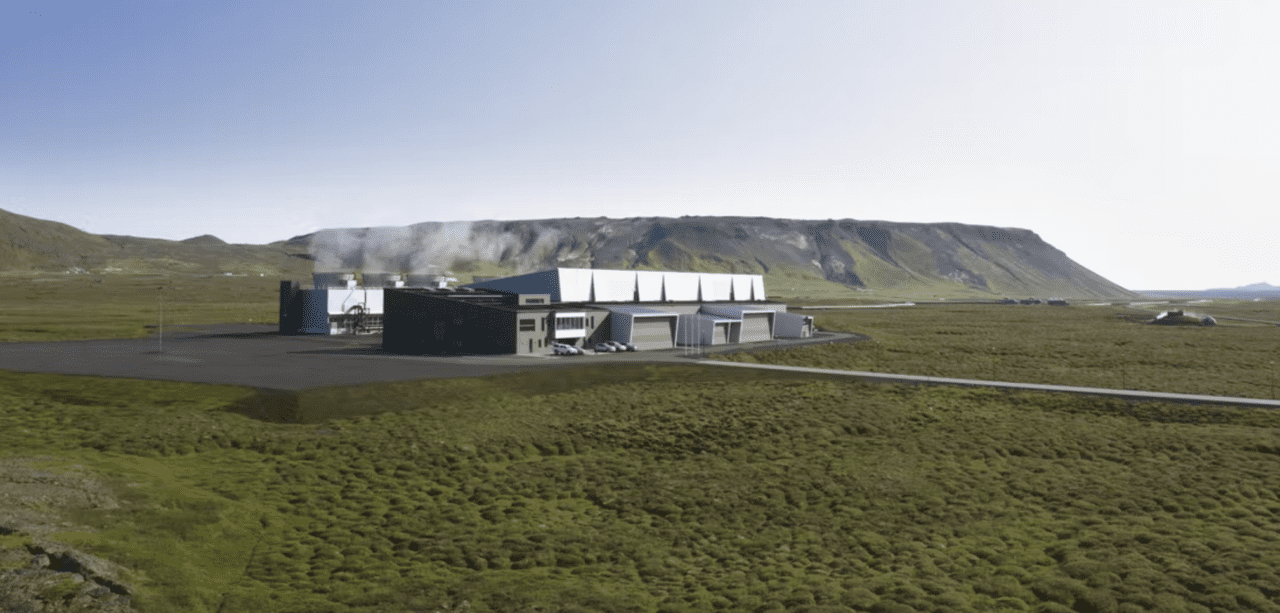Carbon Capture and Storage | Europe
Carbon Capture and Storage | Europe https://energycentral.com/c/gr/hydrogen-grid-carbon-dioxide-pipelines-scotland-germany CCS and Hydrogen
Energy Central…
Your Source for Energy Jobs & Industry News
Carbon Capture and Storage | Europe https://energycentral.com/c/gr/hydrogen-grid-carbon-dioxide-pipelines-scotland-germany CCS and Hydrogen
Energy Central…
Hydrogen Storage for a Net Zero Carbon Future If a hydrogen economy is to become a reality, along with efficient and decarbonized production and adequate transportation infrastructure, deployment of suitable hydrogen storage facilities will be crucial. This is because, due to various technical and economic reasons, there is a serious possibility of an imbalance..
Energy Central…
Assessment of low carbon hydrogen production, demand, business models and value chain in Egypt Its unique geographic location, and being the second largest signatory of multilateral trade agreements in the world, Egypt connects investors with both established and emerging markets. The country is well positioned to play a functional role in the hydrogen economy. The..
Energy Central…
Laws passed in California, New York, and several other states to ban natural gas and propane water heating are often presented as models for the rest of the nation. However, an independent study finds that this policy would increase carbon emissions in 36 states by an average of 6 % and increase household energy cost by $ 176 per year. Study results are based on ZIP-level..
Energy Central…

Landsvirkjun, the national power company of Iceland, on June 28 announced it intends to capture and reinject carbon dioxide (CO2) from Þeistareykir (Theistareykir) Geothermal Station, and at the same time reduce CO2 emissions from Krafla Power Station through enhanced well management efforts at that site. Construction of the project, called Koldís, is expected to begin next year, and the project should be fully operational by 2025.
Landsvirkjun wants its operations to be carbon neutral in 2025, and already has progressed toward that goal, reducing the group’s carbon footprint by 61% since 2008. A major part of its strategy is to significantly reduce emissions from geothermal power generation, as the vast majority of the company’s greenhouse gas emissions are generated by geothermal energy. Landsvirkjun expects the Koldís project will capture almost all CO2 and hydrogen sulfide from the two-unit, 90-MW Theistareykir power station (Figure 1), and return it to the ground for storage, from 2025 onward.
